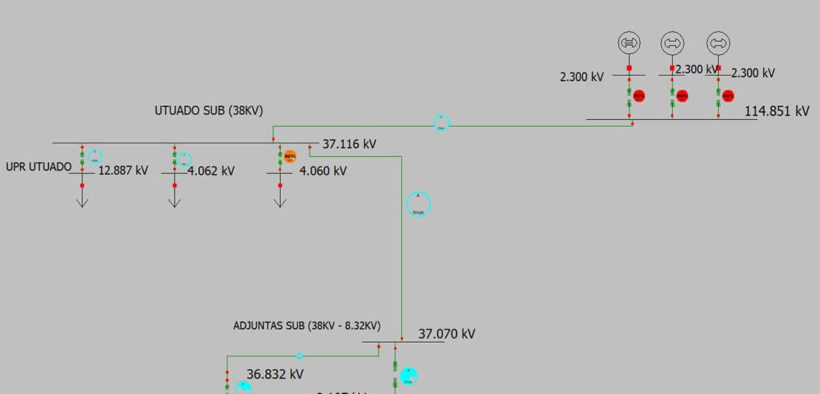XENDEE, Idaho National Laboratory partner to develop zero-carbon microgrids in Puerto Rico

Microgrid design and decision support software developer XENDEE Corporation and Idaho National Laboratory’s (INL) Net-Zero Microgrid Program have teamed up to support the Cooperativa Hidroeléctrica de la Montaña to develop and implement an environmentally and financially sustainable zero-carbon microgrid in Puerto Rico.
“Increasingly dangerous climate events have been devastating to Puerto Rico’s local economy and energy infrastructure,” said C. P. Smith, executive director of the Cooperativa Hidroeléctrica de La Montaña.
“By using this new resilient energy system, Puerto Rico’s mountain regions can offer greater stability for businesses and the community while also mitigating the consequences of the next major climate event including regional economic paralysis and the mass exodus of residents during recovery periods,” Smith said.
“This added level of security and local control can immediately impact resilience and sustainability in the region while also enticing investment from both the public and private sector with reliable clean energy at attractive rates,” the executive said.
The community microgrid is organized and governed by the Cooperativa Hidroeléctrica de la Montaña, the first electric power cooperative in Puerto Rico. The modeling and analysis for the microgrid planning and design is funded by the Department of Energy’s Office of Electricity Microgrid Program.
Idaho National Laboratory identified and validated the input data for the microgrid including loads, distribution cables, substation capabilities and existing generation assets.
Together with XENDEE’s team, this data was then populated within XENDEE’s microgrid design platform to model the energy system and create a series of investment strategies based on different organizational goals (cost savings, CO2 emissions, resiliency).
Based on these strategies, Microrred de la Montaña will be capable of cutting existing energy costs for the community by at least 20% using solar photovoltaic cells and batteries. By incorporating existing hydroelectric technologies these cost savings could be further increased to as much as 60%.
Finally, with capital expenditure to further enhance the hydroelectric capacity, the Cooperativa Hidroeléctrica de la Montaña would have an option to sell energy to the rest of the island, creating the opportunity for an even higher return on investment when amortized over the lifetime of the project, the developers said.
Using this model, the cooperative would not only meet the needs of the existing community with resilient technologies, but be able to sell sustainable, reliable, and affordable power back to the Puerto Rican power grid for revenue and act as a template for future microgrid developments in financially disadvantaged communities, XENDEE officials said.
“This project location and mix of technologies is ideal for showcasing XENDEE’s ability to optimize microgrid designs based on organizational goals,” said Michael Stadler, co-founder of XENDEE.
“This has provided the cooperative with a series of reliable, financially viable investment strategies that can be used to easily compare major design decisions like making hydroelectric upgrades or distributing technologies across different communities,” said Stadler.
“The XENDEE platform also includes integrated power flow simulation, enabling our team to properly place and size technologies in each of the investment strategies and verify the technologies and distribution system can operate under peak usage conditions,” he said.
Currently, the project team has provided eight separate investment strategies for the island featuring a blend of technologies as well as an upgrade to the hydroelectric power plants that could increase the total output of the microgrid from an intermittent 6 megawatts to 50 megawatts.
The Microrred de la Montaña will also be the first intermunicipal microgrid in Puerto Rico to provide power to multiple towns and the 90,000 residents of Adjuntas, Jayuya, Lares, and Utuado collectively.
“Microrred de la Montaña is not only the first intermunicipal microgrid in Puerto Rico, but also an exemplar Net-zero Carbon Microgrid for communities on the front lines of climate change,” said Timothy McJunkin, technical director of the NZM Program at INL.
“This project stands out as a unique opportunity to showcase the integration of multiple non-greenhouse emitting energy sources to increase reliability and resilience and show how NZMs can be the source of economic development and prosperity for Puerto Rico and other disadvantaged communities across the US,” said McJunkin.












